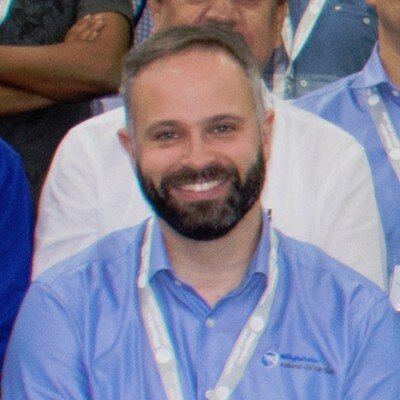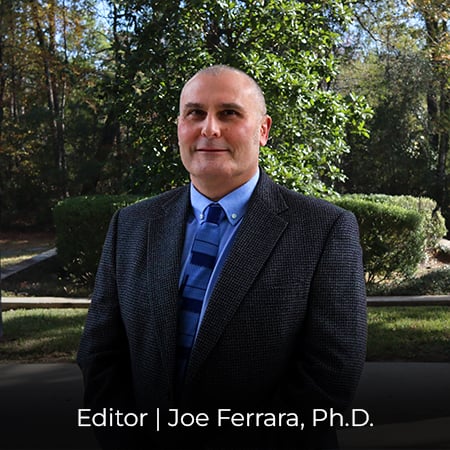CrysAlisPro Tip
Ewald3D
What is it?
Ewald3D is a three-dimensional diffraction viewer that can be used to display real intensity from diffraction images. It is similar to a reciprocal lattice viewer, but with experimental intensities.
Why should I use it?
When you view the diffraction pattern in 3D, it allows you to more easily spot issues with your sample or instrument setup. The Ewald3D view is unbiased by unit cell; therefore, even very weak intensity away from lattice positions can be spotted, leading to a better understanding of the crystallinity of your sample. It can help you spot issues like twinning, incommensurate behavior, diffuse scatter and other issues arising from non-Bragg intensity.
How do I use it?
Ewald3D is accessed either during live experiments (depending on hardware) or via the lattice viewer at the conclusion of the experiment. The location of the launch icon is shown below.

Figure 1. The location of the launch icon
You have the several options to manipulate the dataset generation:
- Voxel size – larger voxels combine intensities from a larger number of pixels for weaker data; smaller voxels offer finer spatial resolution.
- Symmetry – use symmetry to complete/average intensities, giving a more complete view for high-symmetry species where a sphere of data was not collected.
- Background subtraction – you have some control over how background is evaluated, depending on how weak the features you are interested in are.

Figure 2. Ewald3D launcher
You can watch data extraction proceeding within Ewald 3D if desired, and Ewald 3D can even be used live during an experiment depending on your hardware.
View types
Data can be viewed in orthogonal or stereographic space, with custom intensity ranges, specific runs and with different color tables.

Figure 3. View types
You can also view slices through the 3D plot similar to more traditional “unwarp” or simulated precession images. The advantage here is that you can interactively step through 3D space in increments without having to generate each slice one by one as with unwarp images.
Example
A simple twin with slight rotation between domains can be hard to spot. In some views, the twin is not obvious. Simply rotating the 3D diffraction space easily reveals the twin, when Ewald 3D is used live during data collection, the twin can be spotted quickly and easily without requiring unwarps, processing or twin indexing.

Figure 4. A twin with slight rotation between domains
Author

Rigaku Oxford Diffraction | UK
Fraser White began his career as a crystallographer under the tutelage of Professor Simon Parsons in the Chemistry department at the Univeristy of Edinburgh in 2004. Following completion of his PhD, he stayed at Edinburgh, accepting the position of staff crystallographer tasked with running the departmental X-ray crystallography service. During this time Fraser solved and refined over 1000 structures for a variety of different sample chemistries and gained broad experience in solving crystallographic problems. After several years in this role, Fraser first joined Agilent technologies in 2011 as an applications scientist based in Oxfordshire and remained with the company through the acquisition of Agilent’s single crystal business by Rigaku in 2015. Now in the role of product marketing manager for Rigaku Oxford Diffraction, Fraser is involved in the scientific aspects of single-crystal product marketing. Want to learn more? Connect with Fraser White, PhD LinkedIn .

Subscribe to the Crystallography Times newsletter
Stay up to date with single crystal analysis news and upcoming events, learn about researchers in the field, new techniques and products, and explore helpful tips.

Contact Us
Whether you're interested in getting a quote, want a demo, need technical support, or simply have a question, we're here to help.
